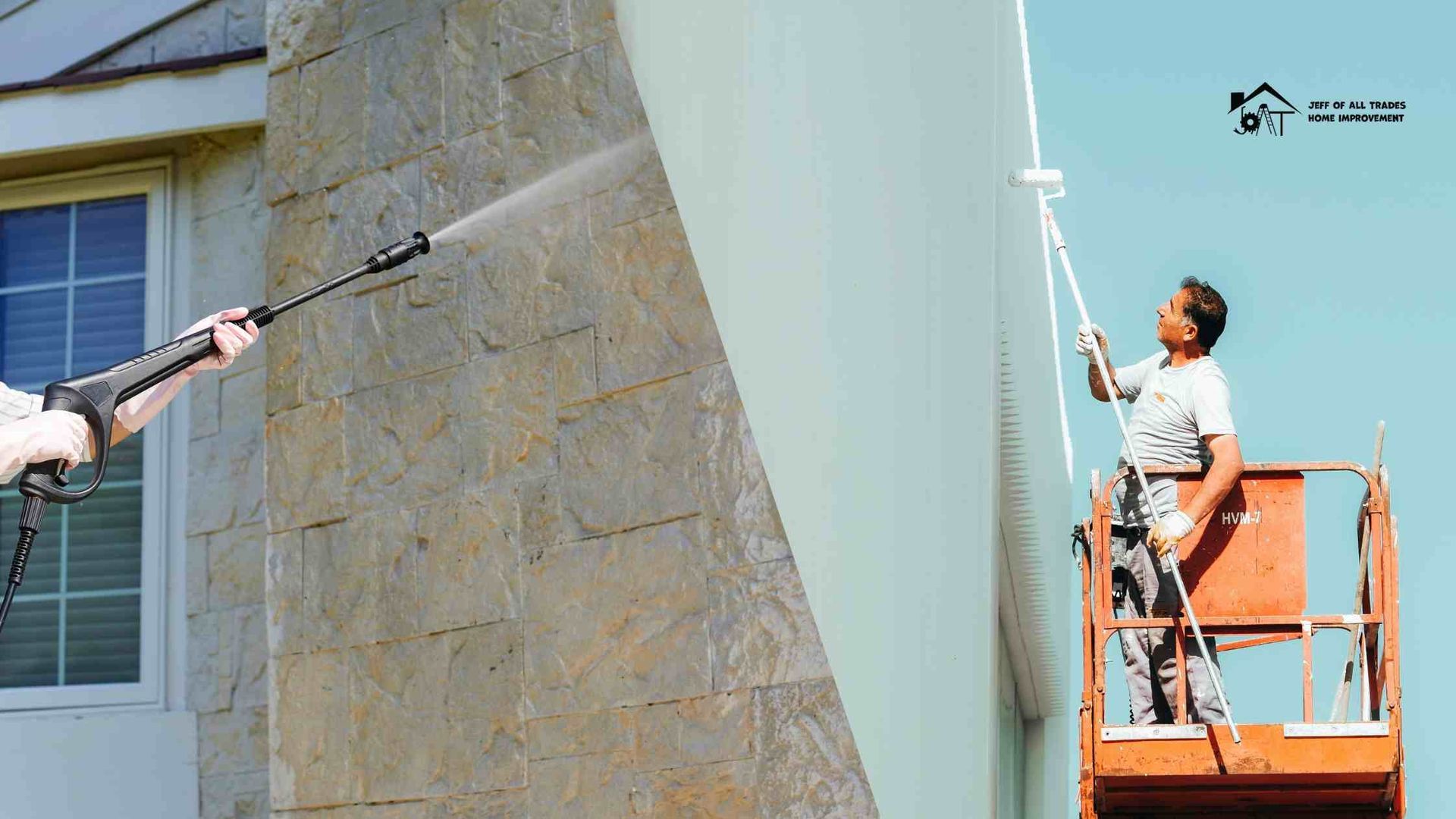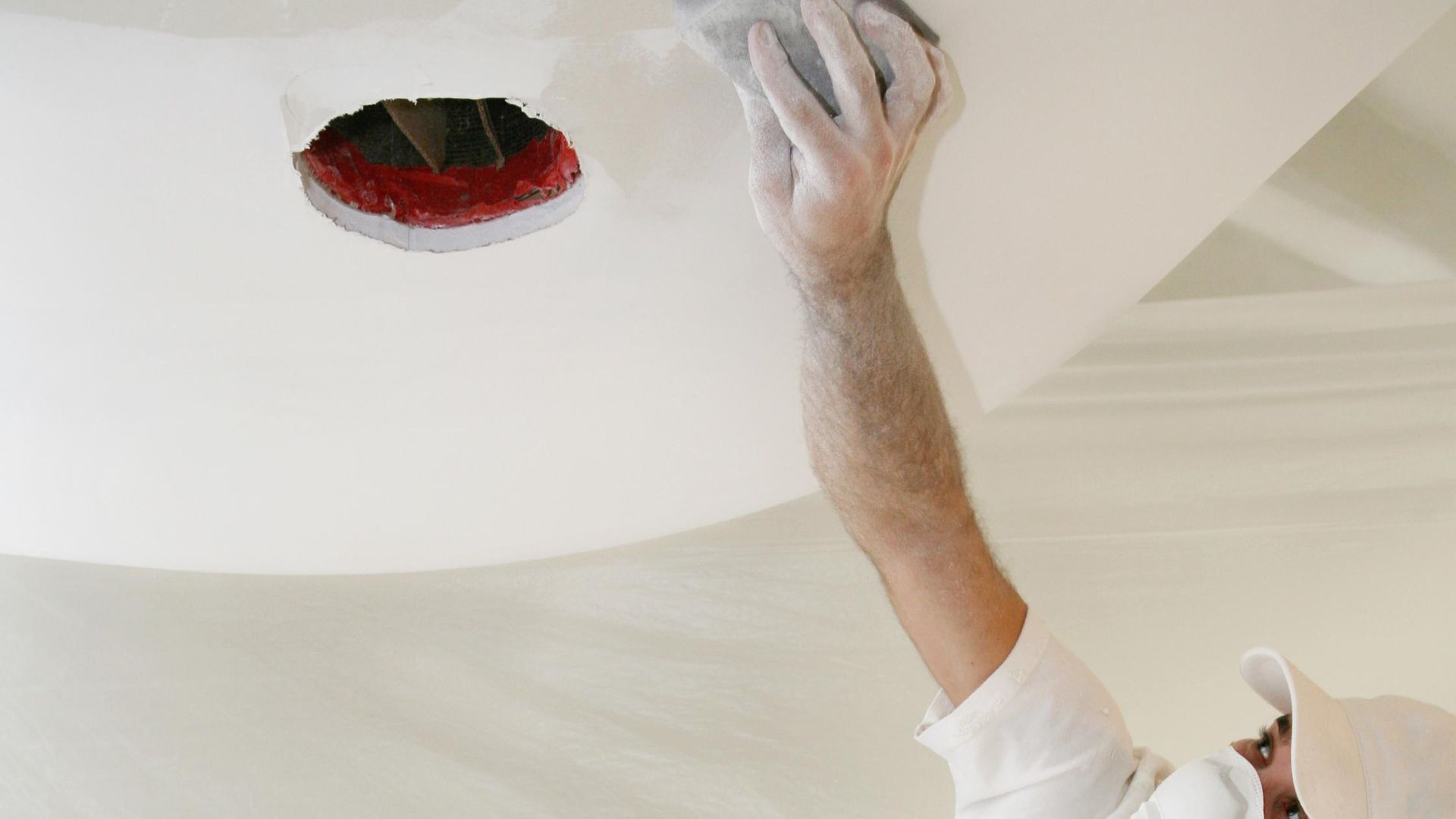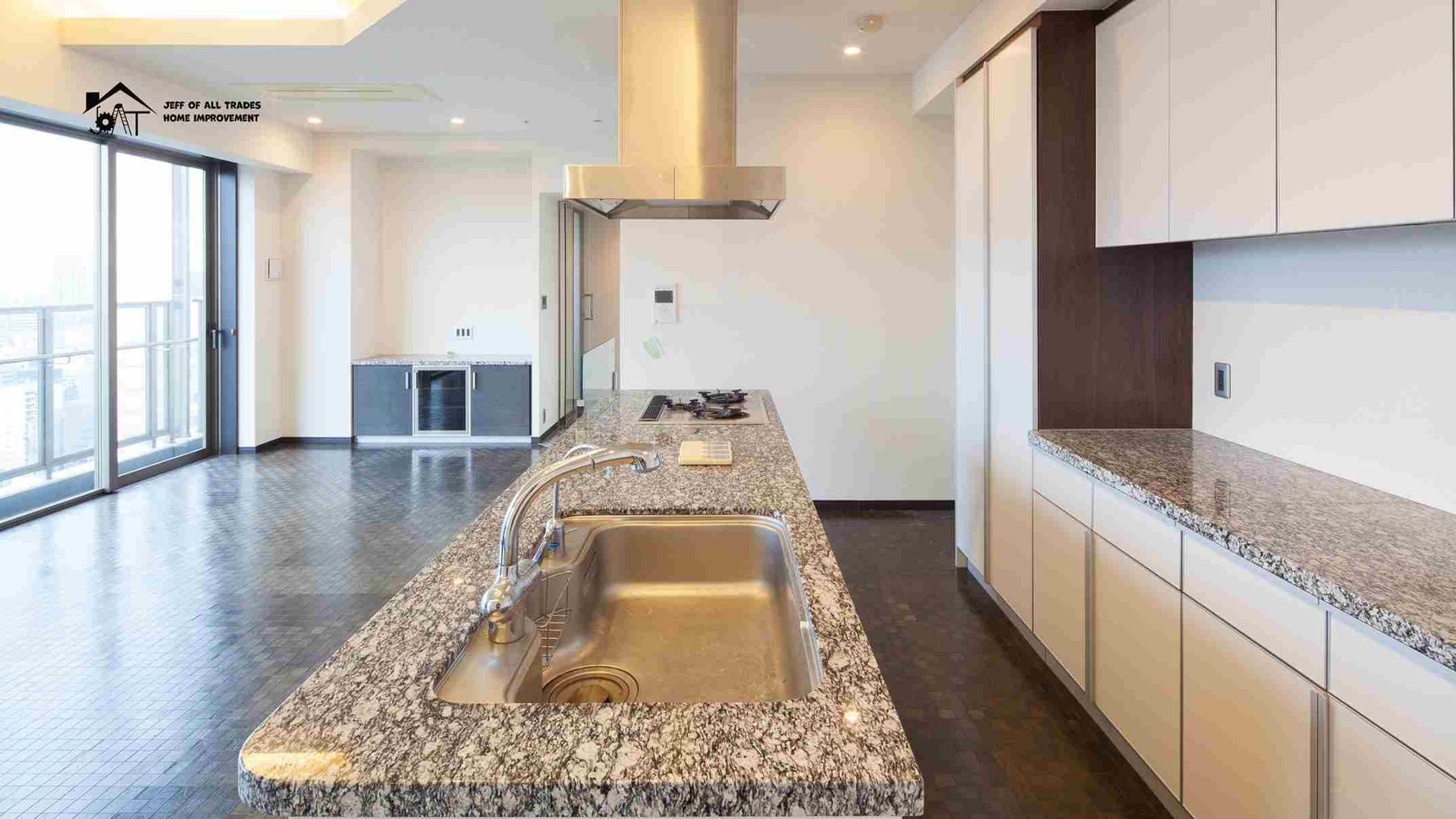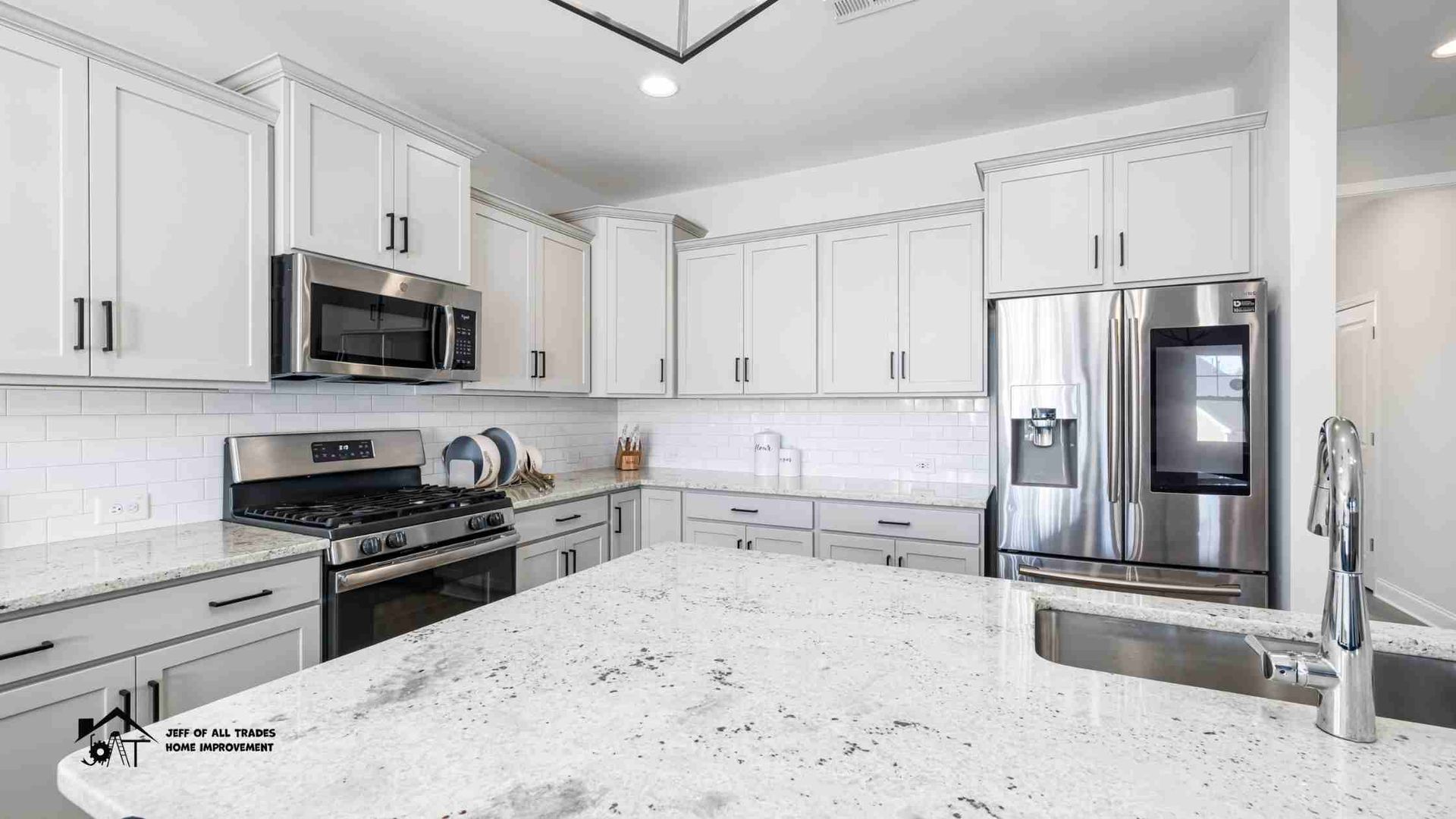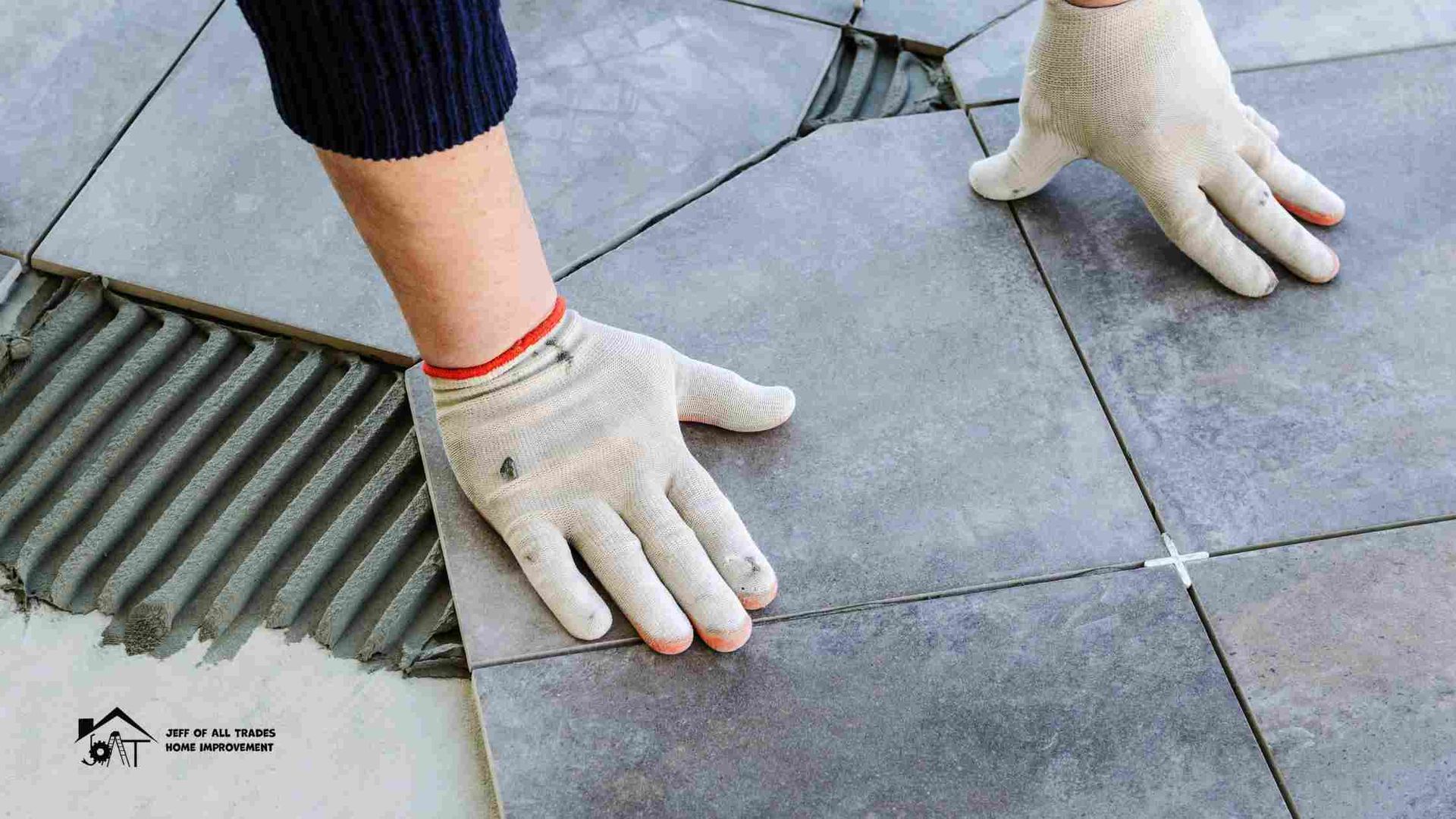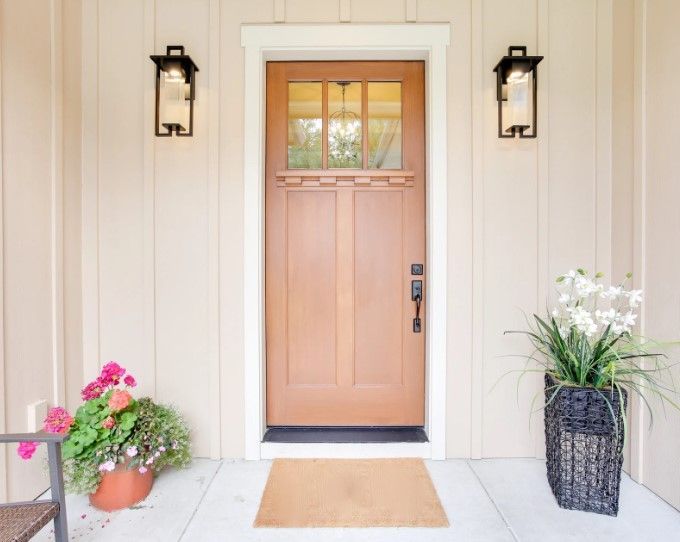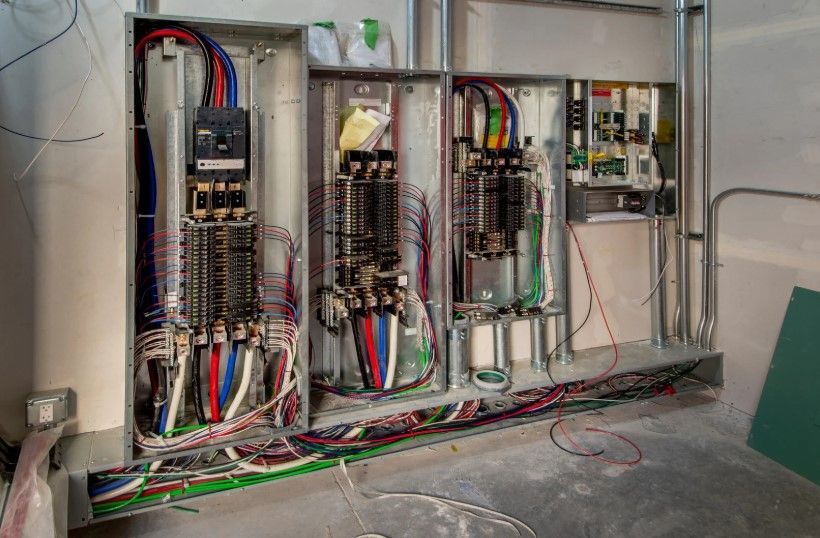Waterproofing Basement Walls Before Spring Thaw and Storms
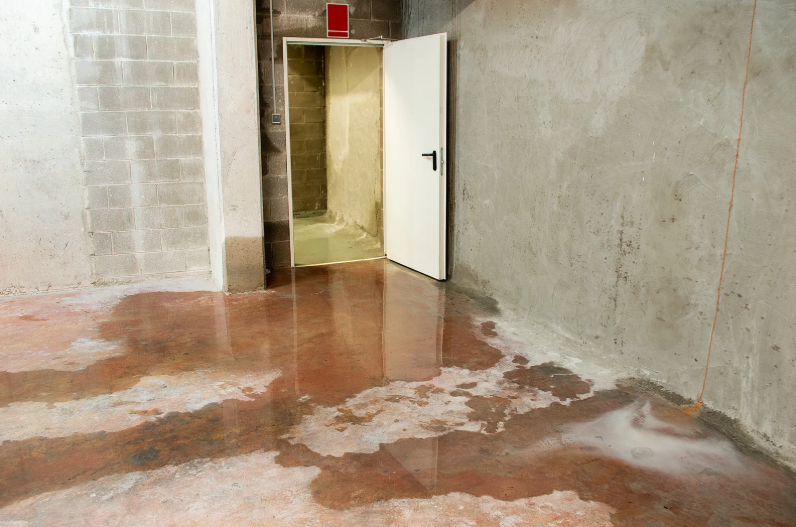
Each March in Somerset County, snowmelt meets nor’easter rain, and thousands of gallons of water start hunting for the lowest point they can find—your basement. Damp patches on a cinder-block wall may look harmless. Yet, they signal hydraulic pressure capable of cracking concrete, warping hardwood floors upstairs, and feeding a mold colony that increases asthma rates by 400%.
Jeff of All Trades Home Improvement fields more basement-panic calls during the two weeks before the spring thaw than in the rest of the year combined. This authoritative guide arms you with everything Jeff’s inspectors look for and the repairs they trust in their own homes.
You will learn:
- Top five causes of basement leaks in New Jersey
- Pros and cons of interior vs. exterior waterproofing systems
- What a realistic project timeline and ROI look like
- A homeowner's checklist to spot early warning signs
- How Jeff’s 24-hour emergency crew buys you time when water is already pouring in
1. Why Basements Leak After NJ Winters
Hydrostatic pressure
Frozen soil expands, loosens the backfill, and allows meltwater to push laterally against foundation walls with forces of up to 60 pounds per square foot.
Freeze–thaw cracks
Hairline cracks widen each winter as trapped moisture freezes, causing them to expand. Water follows the same path in spring—straight indoors.
Clogged footing drains
Leaves, silt, and iron bacteria choke 40-year-old clay tiles, turning them from drainpipes into dams.
Poor surface grading
Settled soil creates a negative slope so rainwater runs toward, not away from, the house.
Gutter overflow & downspout splash
A two-inch rain on a 2,000 ft² roof dumps 2,000 gallons against your foundation if gutters are clogged.
2. Interior Waterproofing Solutions
| Option | How It Works | Typical Cost (per linear foot) | Pros | Cons |
|---|---|---|---|---|
| Crack injection (urethane or epoxy) | Fills and bonds cracks from the inside | $65–$110 | Fast, minimal mess | Only treats visible cracks |
| Interior French drain + sump pump | Cuts perimeter trench, installs perforated pipe to the pit | $90–$125 | Stops hydrostatic pressure, works year-round | Requires jack-hammering the slab |
| Vapor-barrier wall panels | Plastic or composite panels channel seepage to drain | $10–$15 (material) | Bright, finished look | Must pair with a French drain |
Jeff’s team favors closed-cell urethane injection on single-crack leaks because it expands with temperature swings. For chronic seepage across a full wall, the French drain system earns its keep every time it rains.
3. Exterior Waterproofing Solutions
| Option | How It Works | Average Cost | Pros | Cons |
|---|---|---|---|---|
| Excavation + rubberized membrane | Digs to footing, cleans wall, sprays 60-mil membrane | $90–$110/ft | Stops water before it reaches the concrete | Heavy landscaping disruption |
| Bentonite clay panels | Sodium bentonite swells to block moisture | $80–$95/ft | Self-healing, eco-friendly | Needs full excavation |
| Curtain drain | Gravel-filled trench 5-10 ft from the wall diverts groundwater | $5,000–$8,000 | Handles hillside runoff | Ineffective on high water tables |
Exterior work solves the problem at the source and adds resale value, but Somerset’s tight lot lines and mature gardens often make interior systems the practical choice.
4. ROI: Dollars and Peace of Mind
- Basic crack injection prevents $2,000 – $8,000 in potential carpet, drywall, and furniture damage for a $750 bill—an immediate 3–10× return.
- A full interior French drain with vapor panels costs $9,000 – $12,000 for a 1,000 sq. ft. basement. Appraisers at resale in Somerset County’s market.
- Exterior membrane jobs average $15,000 but come with 25- to 40-year warranties that transfer to the next owner, reducing the time on market by an average of 17 days, according to local MLS data.
5. Project Timeline With Jeff of All Trades
Emergency Mitigation (Day 0)
• Deploy submersible pumps and hoses within 2 hours of call
• Photograph damage for insurance
Diagnostic & Quote (Day 1)
• Moisture meter, infrared scan, foundation level check
• Written scope with good/better/best options
Permits & Prep (Days 2–4)
• Township permit filing (no homeowner lines)
• Pack-out of stored items, dust curtain setup
System Installation (Days 5–8)
• Interior trench cut, pipe set, sump pit installed
• Wall membrane or crack fill applied
Restoration & Cleanup (Days 9–10)
• New concrete pour, finish trowel
• Haul away debris, sanitize workspace
Final Walk-through (Day 11)
• Sump pump test, alarm demo, maintenance schedule
Jeff leaves every client with a “Dry-Basement Binder” containing warranty certificates, maintenance logs, and emergency contacts.
6. Homeowner Early-Warning Checklist
Tick these boxes each February before the thaw:
☐ Inspect basement walls for new cracks wider than a credit-card edge
☐ Check for rusty bottom-plate nails—first sign of hidden moisture
☐ Run the dehumidifier and note if the tank fills faster than usual
☐ Walk exterior perimeter; refill any soil settled below the siding line
☐ Make sure downspouts extend six feet from the foundation
☐ Schedule gutter cleaning if trees overhang the roof
Find two or more red flags? Book a professional assessment.
7. 24-Hour Emergency Service: How It Works
When last year’s spring nor’easter flooded a Hillsborough ranch at 2 a.m., Jeff’s night crew arrived with:
- Dual 2,400 GPH pumps
- Backup inverter generator
- Portable linoleum runners to protect finished floors
- Industrial fans to start drying within the first critical 24 hours
Water extraction buys time, but Jeff never stops at “dry for now.” The same tech who sets the pump returns to outline permanent waterproofing before the next storm hits.
8. Success Story: From Swim Club to Rec Room
A Bernardsville homeowner discovered two inches of water after a March snowmelt. Insurance adjusters suggested a total gutting of the finished basement. Jeff’s solution:
- Extracted water and used thermal imaging to prove that only 18 % of the drywall was saturated.
- Performed targeted cuts, replaced insulation with closed-cell foam panels, installed a perimeter French drain, and installed a battery-backup sump.
- Resealed walls with acrylic vapor panels that doubled as a finished surface.
Total project: $11,400 vs. $27,000 demolition-and-rebuild estimate. The homeowner held her daughter’s graduation party downstairs six weeks later.
FAQs: Waterproofing Basement Walls Before Spring
How long does an interior French drain last?
With annual maintenance checks, PVC drains and modern pumps typically last 30 years; pump replacement at year ten costs approximately $450.
Can I waterproof just one wall?
Spot repairs may work for single cracks. If hydrostatic pressure is present across multiple walls, partial systems often fail to function properly. Jeff’s inspection will measure lateral moisture to determine the scope of the work.
Will my basement smell musty after I've waterproofed it?
No. Jeff installs sealed covers on sump pits and includes a free HEPA filter change on the final day to eliminate residual odors.
Does homeowner’s insurance cover waterproofing?
Insurance rarely covers preventive work, but typically pays for the cleanup of sudden water damage. Jeff’s detailed invoices help homeowners separate the two for maximum reimbursement.
How soon can I finish the basement after the exterior has been waterproofed?
Once the soil settles and moisture readings stay below 12%—typically after four weeks—you’re clear to insulate and install drywall.
The Dry-Basement
Spring thaw is coming, whether the calendar says so or not. If seepage, stains, or that damp-cardboard smell are already whispering, act before they shout.
- Call Jeff’s 24-hour line at 908-963-3533
- Email jeffofalltradeshandymanservice@gmail.com for a free moisture scan and to inquire about basement waterproofing services.
- Or request an estimate at JeffOfAllTradesHomeImprovement.com
Jeff of All Trades Home Improvement—rated #1 for customer service in Somerset County—turns wet, wasted space into the safe, healthy square footage you paid for.



